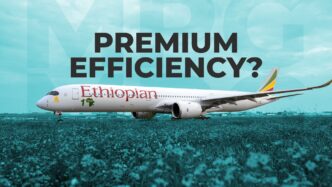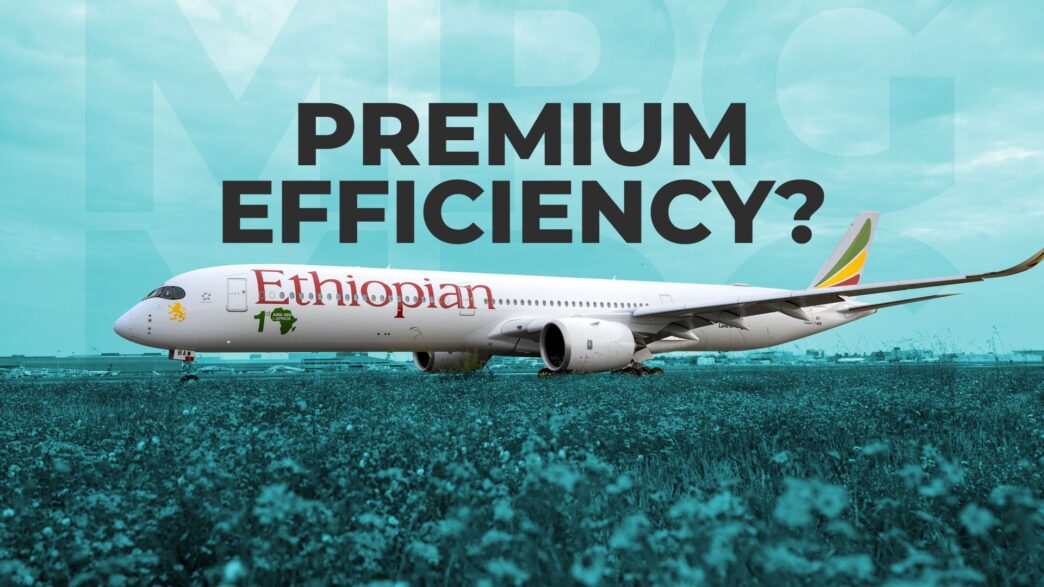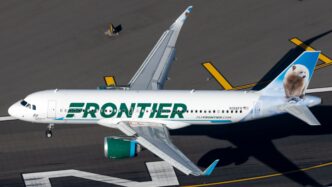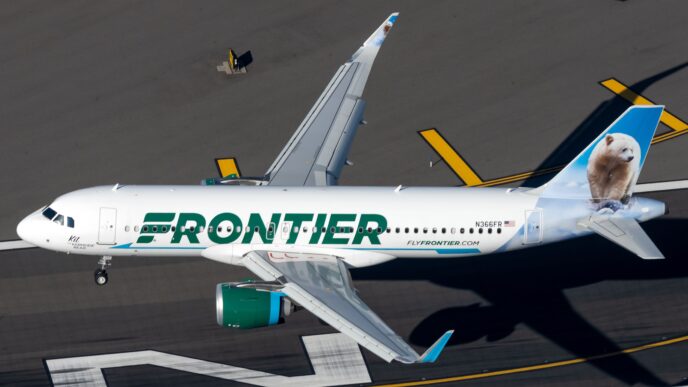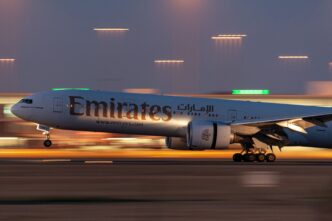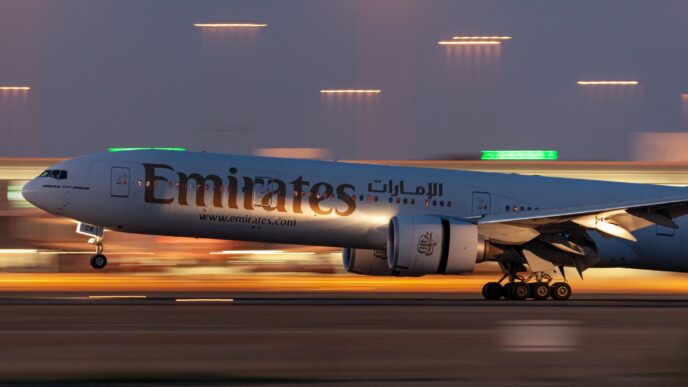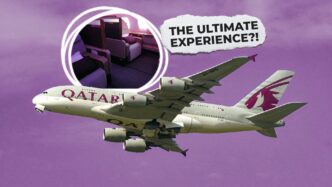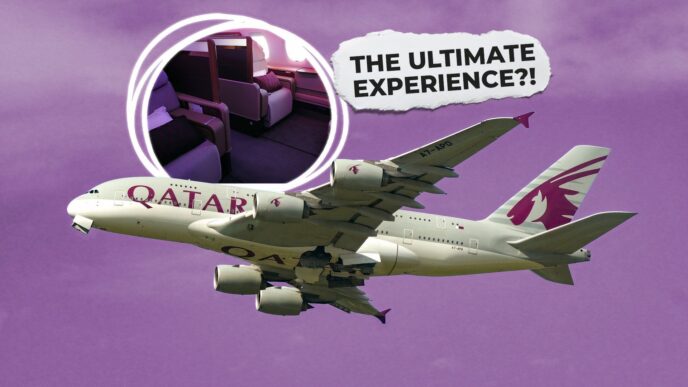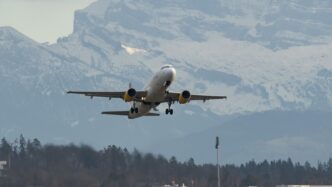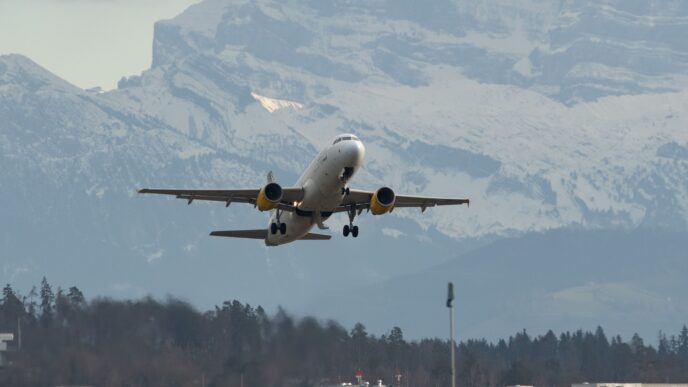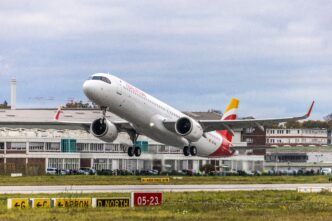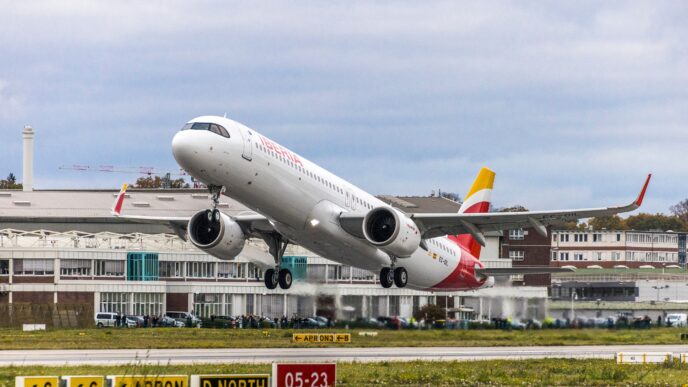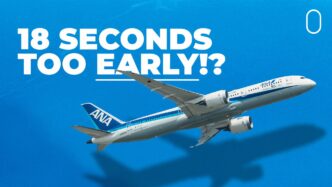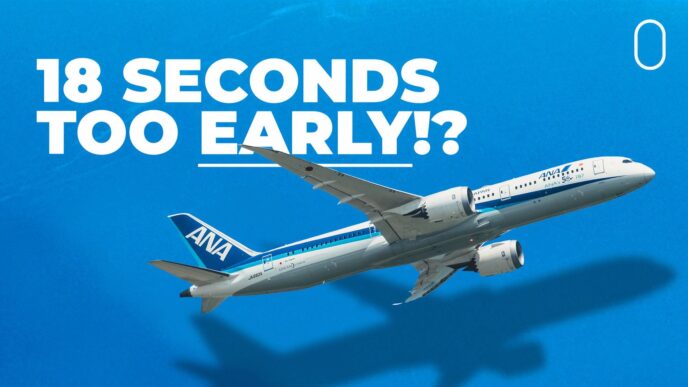In today’s aviation landscape, where efficiency is key for both economic and environmental reasons, the Airbus A350-900 shines as a leader in fuel-efficient widebody aircraft. Designed to carry over 300 passengers on long-haul flights, this aircraft exemplifies how modern engineering can reduce fuel consumption while extending range and enhancing passenger comfort. Introduced in 2015, the A350-900 was Airbus’ first Extra Wide Body (XWB) model and has become a staple in many airlines’ long-distance fleets. With its two Rolls-Royce Trent XWB-84 engines and a structure made largely of carbon fiber composites, the A350-900 combines sleek aerodynamics with advanced propulsion technology. This results in a long-range aircraft that uses significantly less fuel than the older four-engine jets it replaces, and often surpasses smaller twin-engine planes in fuel efficiency per passenger.
So, how does the A350-900 perform in real-world conditions? Typically configured to seat around 325 passengers in two classes, the aircraft can fly up to 8,100 nautical miles (15,000 km). During cruise, it consumes about 1,400 US gallons of Jet-A fuel per hour at a speed of Mach 0.85 (~560 mph or 900 km/h). This equates to roughly 2.5 gallons per mile, or 0.40 miles per gallon (MPG). When you factor in the number of passengers, the efficiency becomes even more impressive: the A350-900 achieves about 120 passenger-miles per gallon, or approximately 2.6 L/100 km per passenger. This level of efficiency is on par with, or even better than, many smaller twin-engine aircraft. While these figures can vary based on configuration and load, data from airlines consistently shows that the A350-900 excels in long-haul operations, especially when compared to older models like the Boeing 747 or Airbus A340.
As of March 2025, the Airbus A350-900 is in service with 44 airlines across six continents, with a total of 632 aircraft in operation. Major carriers such as Singapore Airlines, Qatar Airways, Cathay Pacific, Air France, Delta Air Lines, and Lufthansa have embraced the A350-900, replacing older four-engine models to benefit from its 25% lower fuel consumption and operating costs. The aircraft’s composite fuselage and efficient engines not only reduce CO₂ emissions but also offer ample cargo space, making it a favorite for both premium business routes and high-density leisure travel. #AviationInnovation #FuelEfficiency #AirbusA350
Originally reported by Simple Flying Read More
